The consumption of flowers in Brazil continues to grow, with an expected growth of more than 6% per year. However, picked flowers spoil quickly. The good news is that there are floral upcycling opportunities and they still have a lot of potential to grow!
The Brazilian flower market increased during the pandemic, when demand rose both in the funeral segment (unfortunately) and in the domestic segment, in which people sought to decorate their homes during the confinement period. Flower residue can also generate new value-added products. Yes, floral upcycling is a reality! Discover the sustainable and profitable initiatives of those who are already investing in:
Incense
Flowers are always present in temples, but in India this is especially problematic, because every year millions of tons of flowers are left as offerings in temples and for religious reasons the offerings cannot be thrown in the trash, so they end up in rivers. Flowers often contain pesticides and toxic metals, contaminating the water.
Phool, an Indian startup, transforms discarded temple flowers into incense and other products, generating hundreds of jobs for more than 1200 local women, who collect the flowers, remove the petals and separate them by color. The stems are used to create a compound that is sold as a separate product. The petals are dried, ground and mixed with water and essential oils to create a clay, which is rolled into incense sticks.
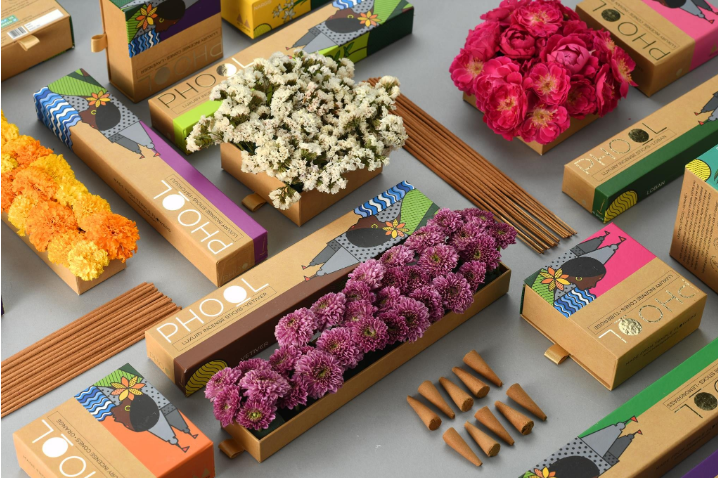

They also manufacture flower essential oils.
Paper
DS Smith is testing a variety of materials from agricultural waste to develop upcycled solutions. With an investment of more than 110 million dollars, the company intends to make its production more efficient and circular. These new materials include daisies, straw, hemp, cocoa shells and seaweed.
Although paper is an alternative to plastic, it is not free of environmental impact. The use of waste as an alternative fiber reduces the impact, as it does not require additional irrigation and new areas of cultivation.
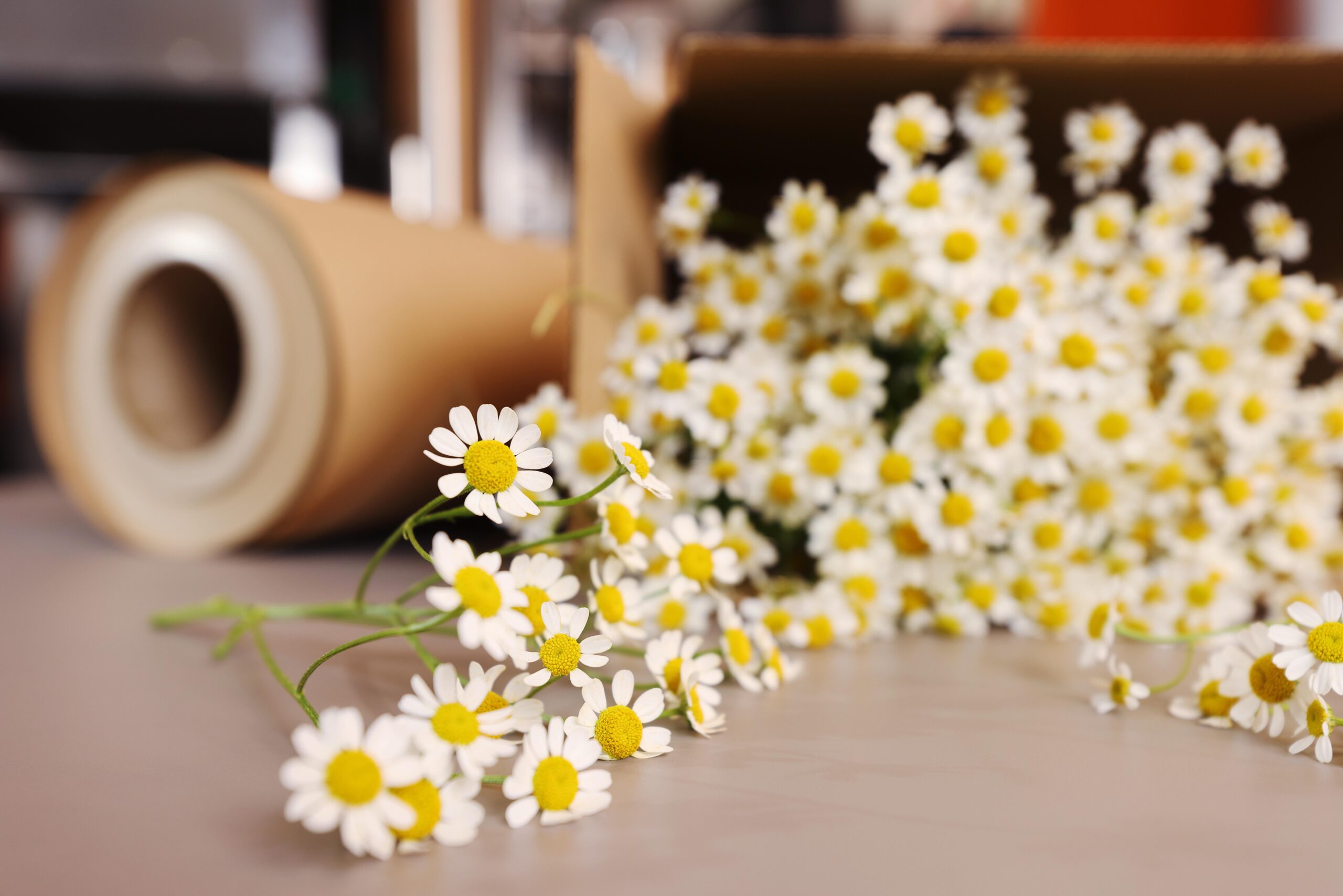
If all goes well, in the future we will have paper made of daisies!
Vegan “leather”
We’ve already talked about vegan alternatives to leather made from mushrooms here and fruit here, the new thing now is flower leather. The people at Phool observed that on the piles of flowers not used for the production of incense, a white leathery layer formed. The team found the growth of a microorganism that used flower petals as a nutritional source and that this “flower leather” contains chitin – a collagen analogue that gives leather durability – making the vegan material a viable substitute for animal skin.
From then on, they adapted the microorganism to increase the thickness and resistance of the material and improve its texture and are now working on a pilot project to produce Fleather, the flower leather, with PVH, parent company of Calvin Klein and Tommy Hilfiger.
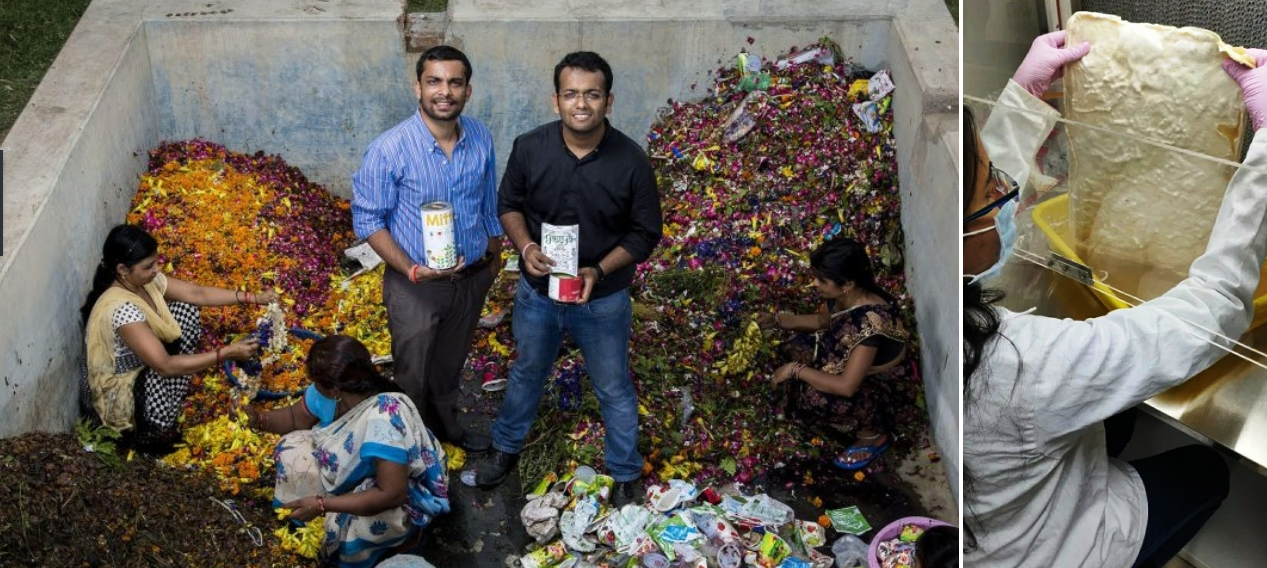
Perfume
The French brand La Bouche Rouge has invested in floral upcycling with an entire line of perfumes made with waste flowers collected after religious ceremonies, cedar essence made from sawdust from a wood cutting factory, among other upcycled ingredients. All fragrances come in recycled packaging and have a refill system.
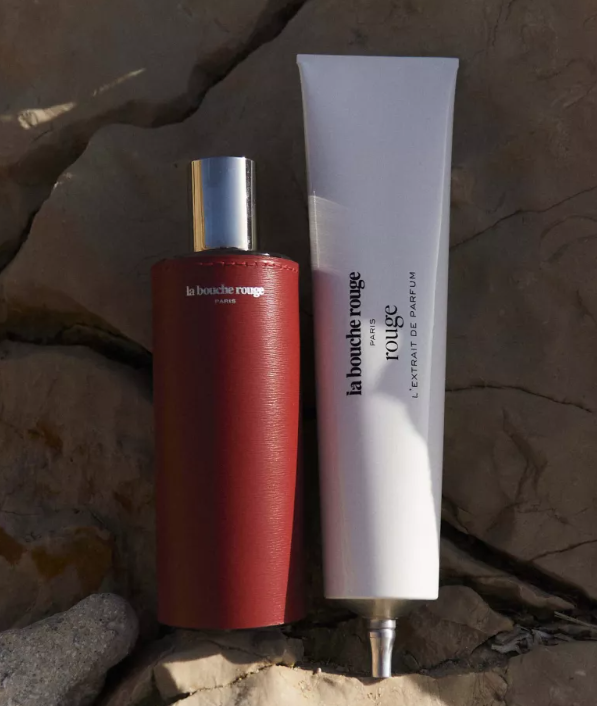
Arranjos para asilos
In Brazil, Instituto Flor Gentil receives donations of flowers used at weddings and other parties to prepare arrangements that are then donated to nursing homes, brightening the day of elderly residents.
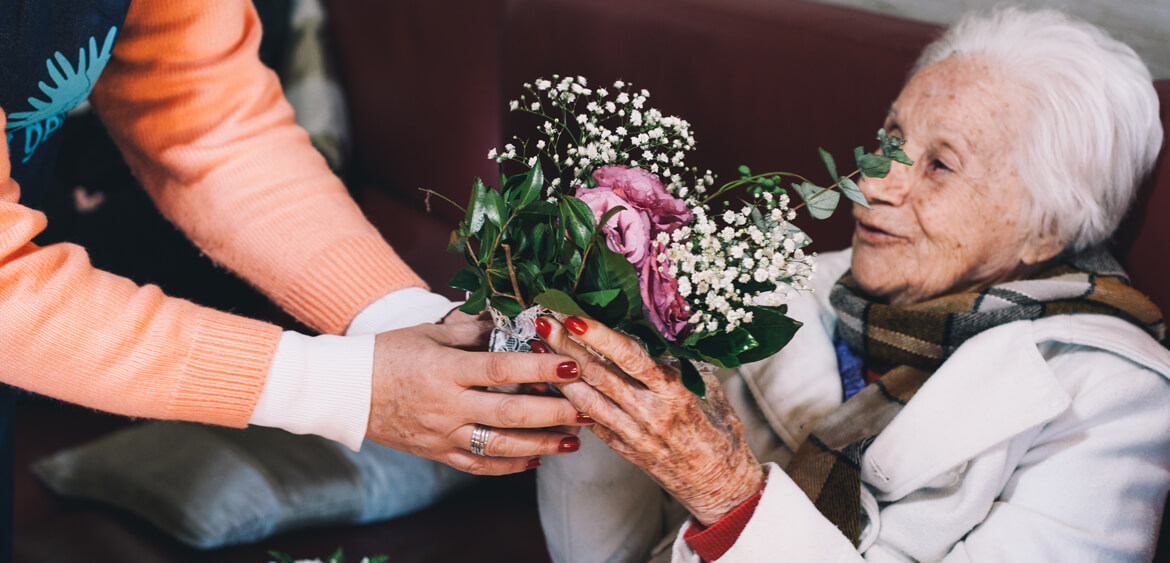
And you, are you going to use the flowers just to make the room beautiful? What about investing in them as raw material for new products?
Sources: Springwise, Food Ingredients First, Veg News, Vegan First, BBC, Wallpaper, Vogue, Super Varejo


COMMENTS